When we talk about private space companies, SpaceX usually comes to mind. And that’s not surprising. The list of its achievements is so extensive that their mere list could take several pages.

However, there is another company that has achieved very significant success in the space field. This is Rocket Lab. It celebrates its “coming of age” this month and is about to make its 50th anniversary space launch. On the occasion, Univirse Space Tech decided to share Rocket Lab’s history, major achievements and immediate plans.
South Space
New Zealander Peter Beck is responsible for the birth of Rocket Lab. From a young age, he had a passion for engineering and was actively interested in everything related to rockets. In 2006, Beck took a trip to the United States that inspired him to create his own aerospace startup. It was named Rocket Lab. Curiously enough, the word Rocket in the name reflects not only the field of activity of the company, but is also the surname of entrepreneur Mark Rocket, who believed in Beck’s ideas and invested in the company.
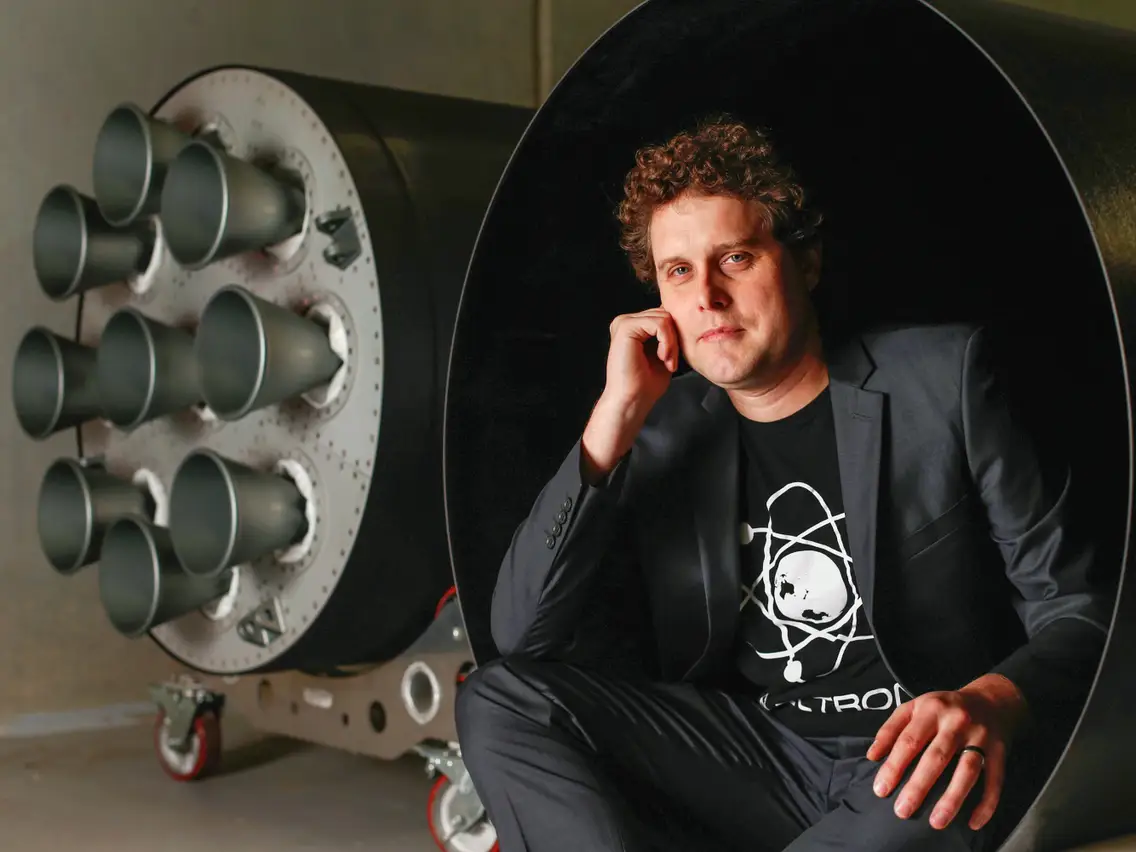
Rocket Lab began with the development of the small Ātea-1 suborbital rocket. In this way, the company wanted to gain the necessary technical expertise as well as make itself known to the world. Ātea-1 was launched on November 30, 2009, and reached an altitude of just over 100 km, crossing the Karman Line. As a result, Rocket Lab became the first company in history from the Southern Hemisphere to reach space.
The bet worked, and Rocket Lab was noticed by the U.S. government and NASA. The company received several contracts to conduct research on the feasibility of using small rockets to launch nanosatellites. Although the sums involved were initially quite small, they played a huge role in Rocket Lab’s history, giving the company access to some of NASA’s resources.
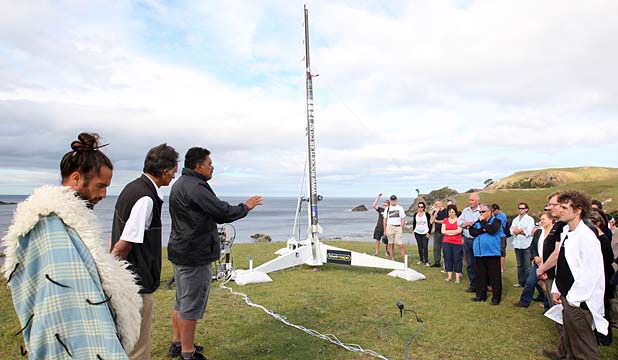
As the partnership with America grew deeper and new orders were received, Beck decided to make a legal move. In 2013, Rocket Lab opened its headquarters in California and re-registered in the United States. But it retained close relations with New Zealand, where rocket production was deployed and a launch facility was erected on the Mahia Peninsula.
Electron rocket
2017 was a very important year for Rocket Lab. The company introduced Electron, its first orbital-class rocket. The carrier has a two-stage design and in its initial modification carried up to 225 kg of payload to low-Earth orbit (later this figure was increased to 320 kg). An important feature of the rocket is that its design makes extensive use of 3D-printed parts – this approach was considered innovative at the time.
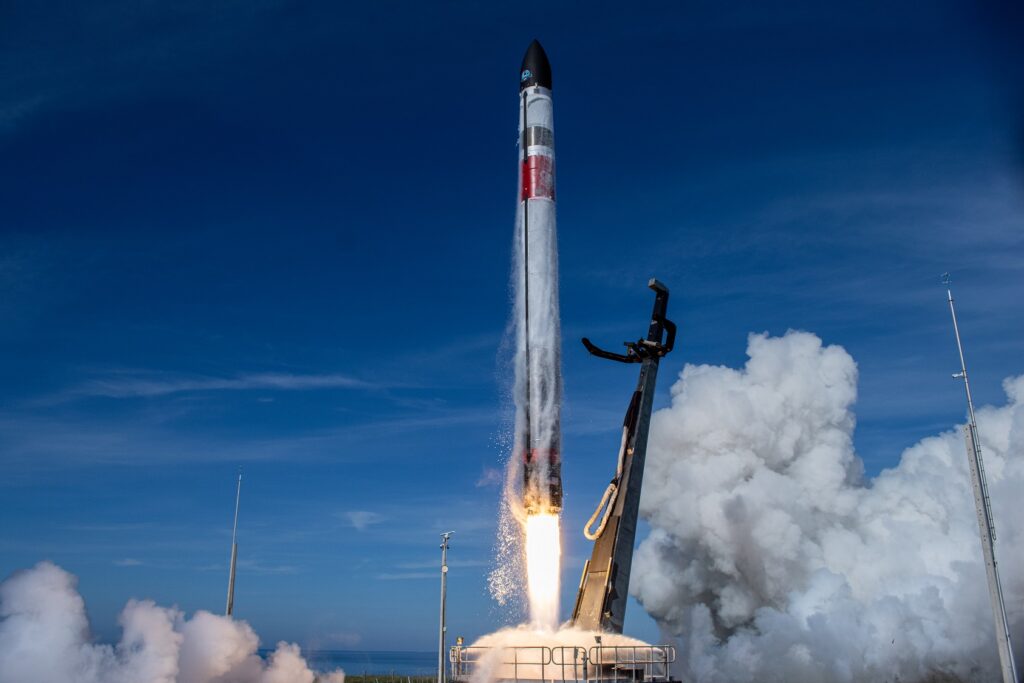
The Electron’s debut mission ended in failure. But the second mission was a success. So Rocket Lab began to increase the frequency of launches. If in 2018 a rocket flew into space 3 times, in 2023 it was already 9 times.
In addition, the launch geography also expanded. In 2022, Rocket Lab conducted its first launch from its new launch pad at the Mid-Atlantic Regional Spaceport. It is located on Wallops Island off the coast of Virginia. This made Rocket Lab the first company in history to have space launch capabilities from both the northern and southern hemispheres.
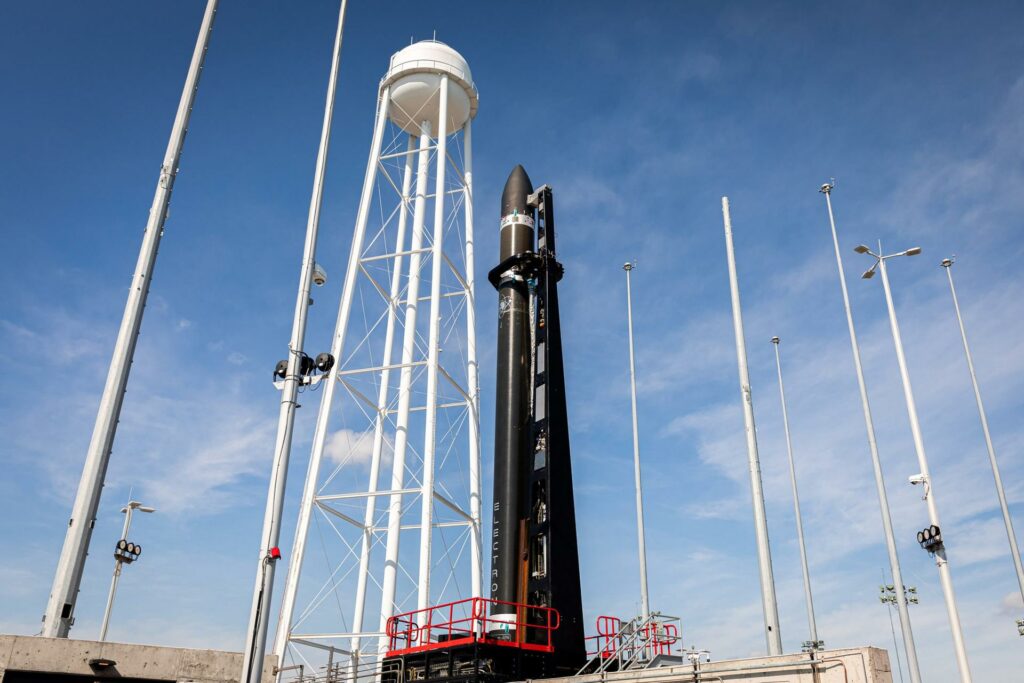
Rocket Lab also began actively working on reusing the Electron’s first stages. If initially the company tried to realize a rather complicated scheme with catching the parachute descending stages with the help of a helicopter, then later it switched to splashdown in the ocean.
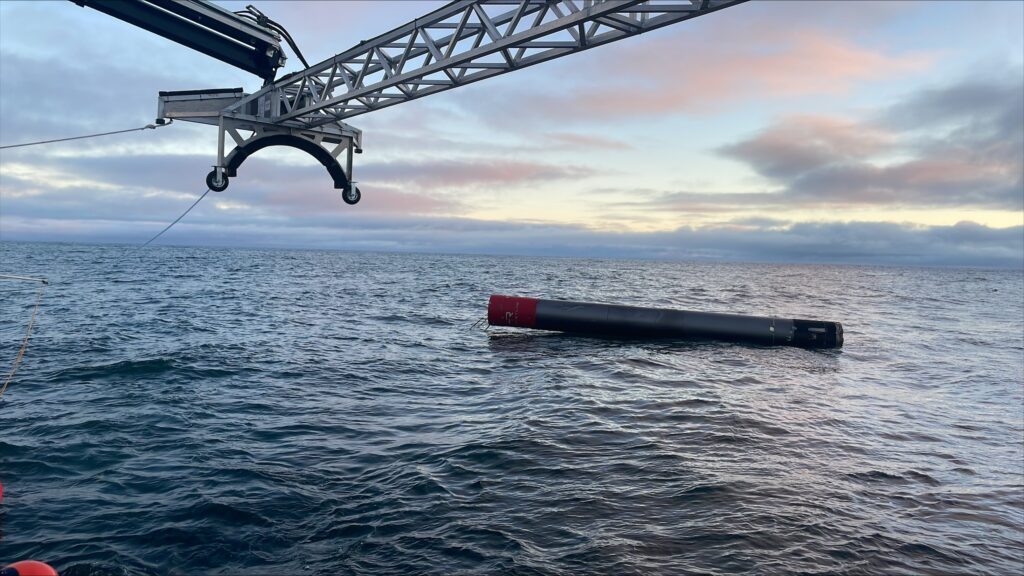
However, so far we are not talking about the reuse of entire stages, but their individual components, such as engines. Rocket Lab engineers are gaining experience that will be used to build the more powerful Neutron rocket.
Diversification of activities
Rocket Lab started in the space market as a launch operator. But in recent years, the company has been making very active efforts to diversify its operations, investing significant resources in other high-tech industries.
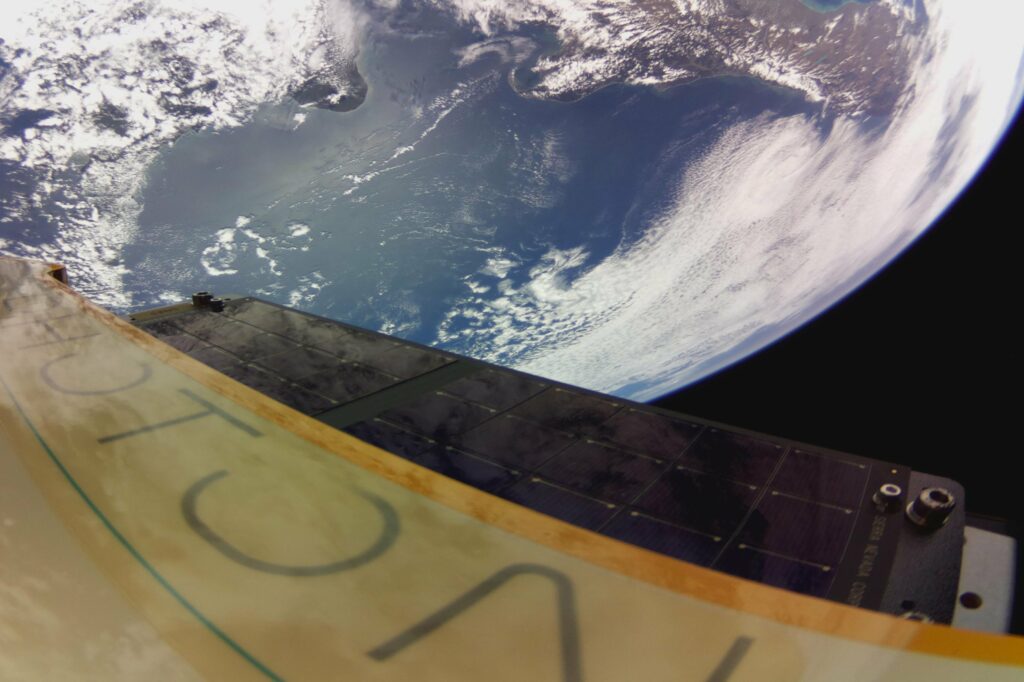
One of them is the creation of spacecraft. In 2020, the company presented the Photon satellite platform based on the Electron upper stage. It is conceived as a space “multipurpose vehicle”, which can be used both for launching various cargoes into low orbits and for missions to deep space.
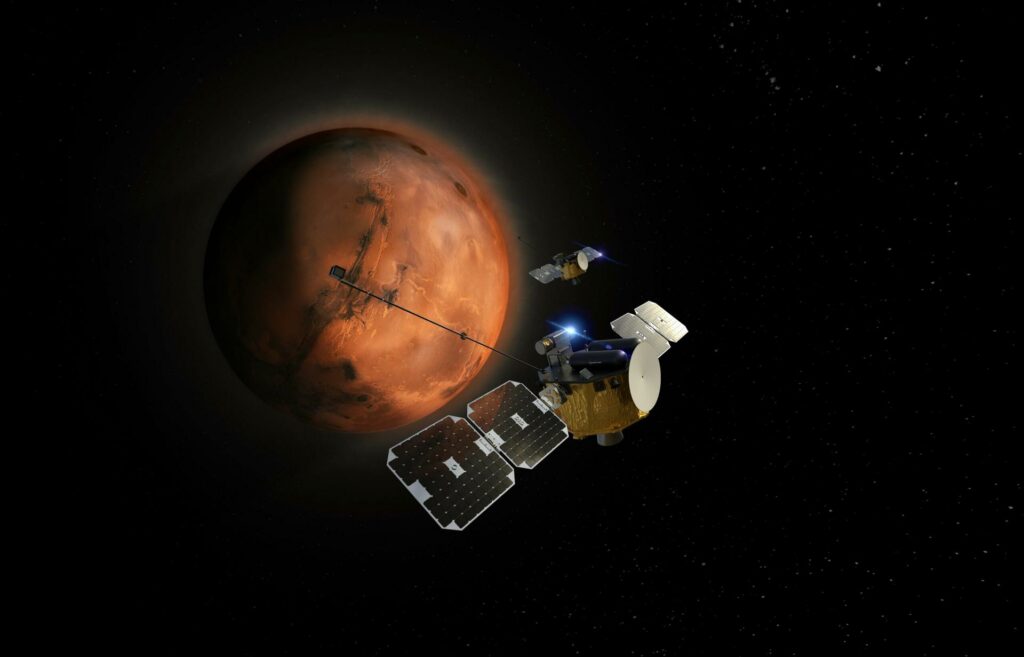
Photon already has one interplanetary mission on its account. In 2022, it launched the CAPSTONE experiment to near-lunar orbit. And this year, the Photon-based EscaPADE probes are due to travel to Mars.
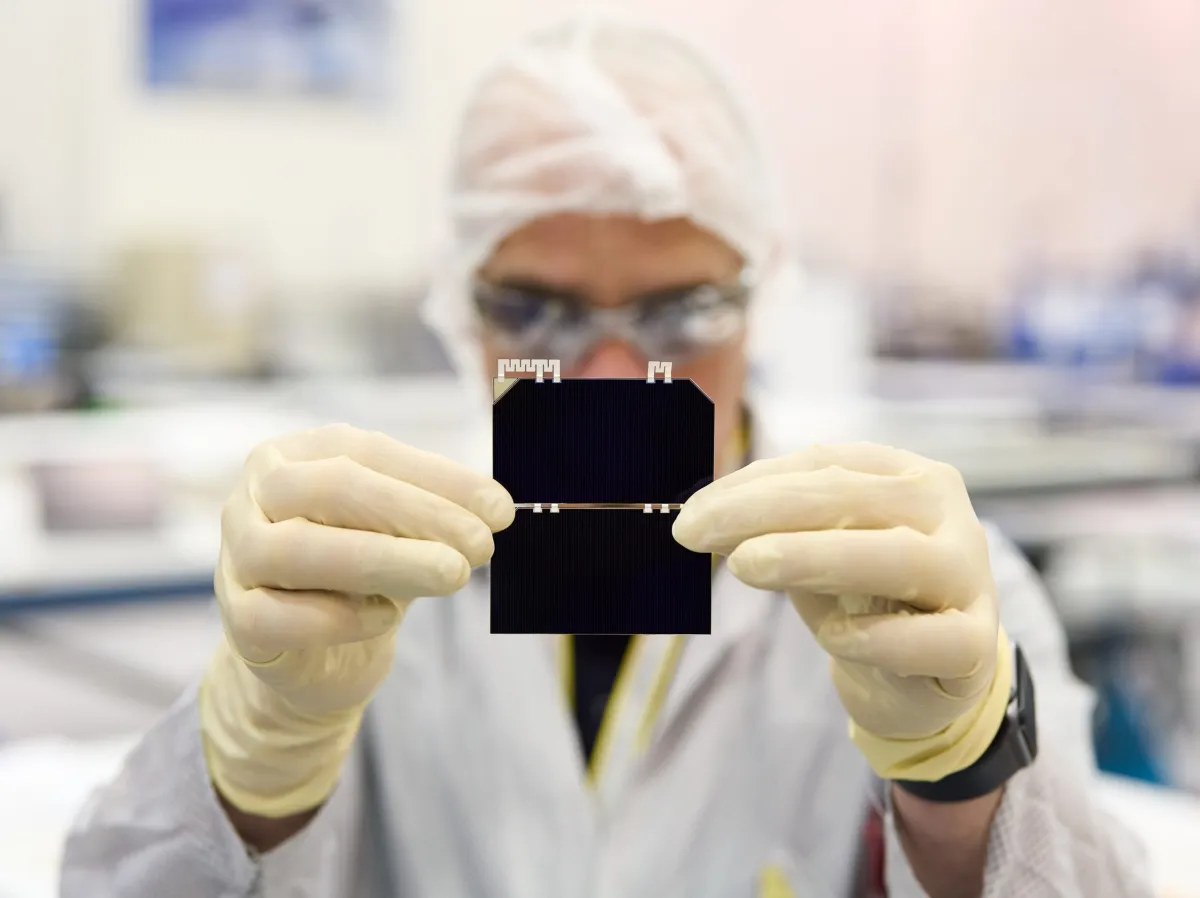
Another promising area of Rocket Lab’s activities is solar panels. In 2022, the company bought a plant to manufacture them in New Mexico. Rocket Lab recently received $50 million in financial assistance from the U.S. government, which will allow it to significantly expand its photovoltaic cell production.
Rocket Lab’s upcoming plans
The year 2024 was the year of “adulthood” for Rocket Lab — in June it turned 18 years old. The company approached it in pretty good shape. It has significantly expanded its operations and has a solid order book from both private customers, NASA and the U.S. government.
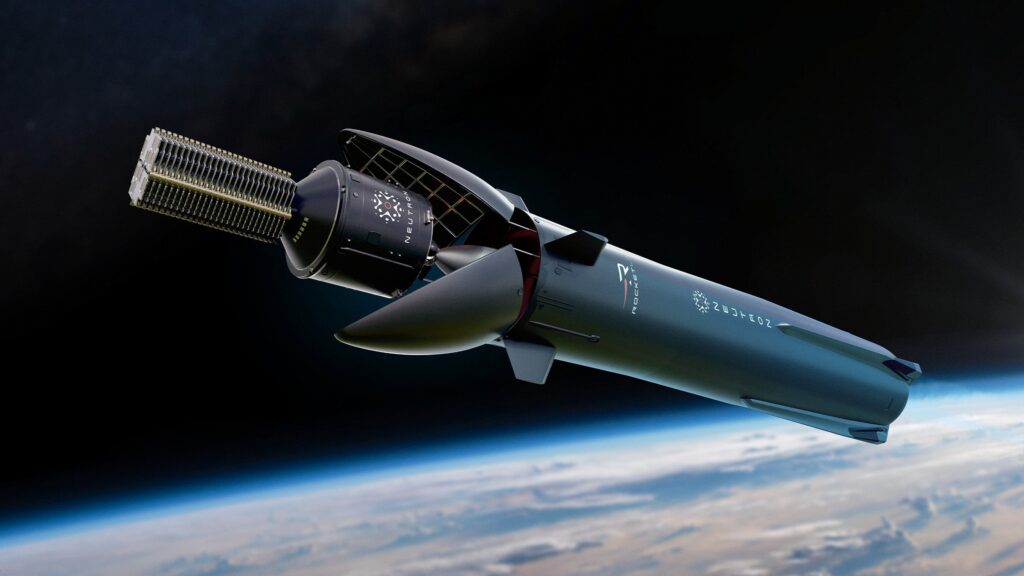
But Rocket Lab is not going to rest on its laurels. The next important milestone for the company will be the new partially reusable Neutron rocket. It will be able to carry up to 13 tons of cargo into orbit in a first-stage re-entry configuration (it is planned to land on the ground).
A key feature of Neutron is the head fairing, which is part of the first stage. It is not dropped, but opens to release the second stage with payload, after which it closes again. At least, that is the engineers’ idea. How effective it will be, we will find out soon enough. The first Neutron flight is scheduled for 2025. The new rocket is planned to be launched from the Mid-Atlantic Regional Spaceport. Rocket Lab specialists are already constructing a launch pad for Neutron there.
And later this year, Rocket Lab plans to make history as the first private company to send a mission to Venus. It was named Venus Life Finder, its project is being developed with scientists from the Massachusetts Institute of Technology. The purpose of the mission will be astrobiological research.
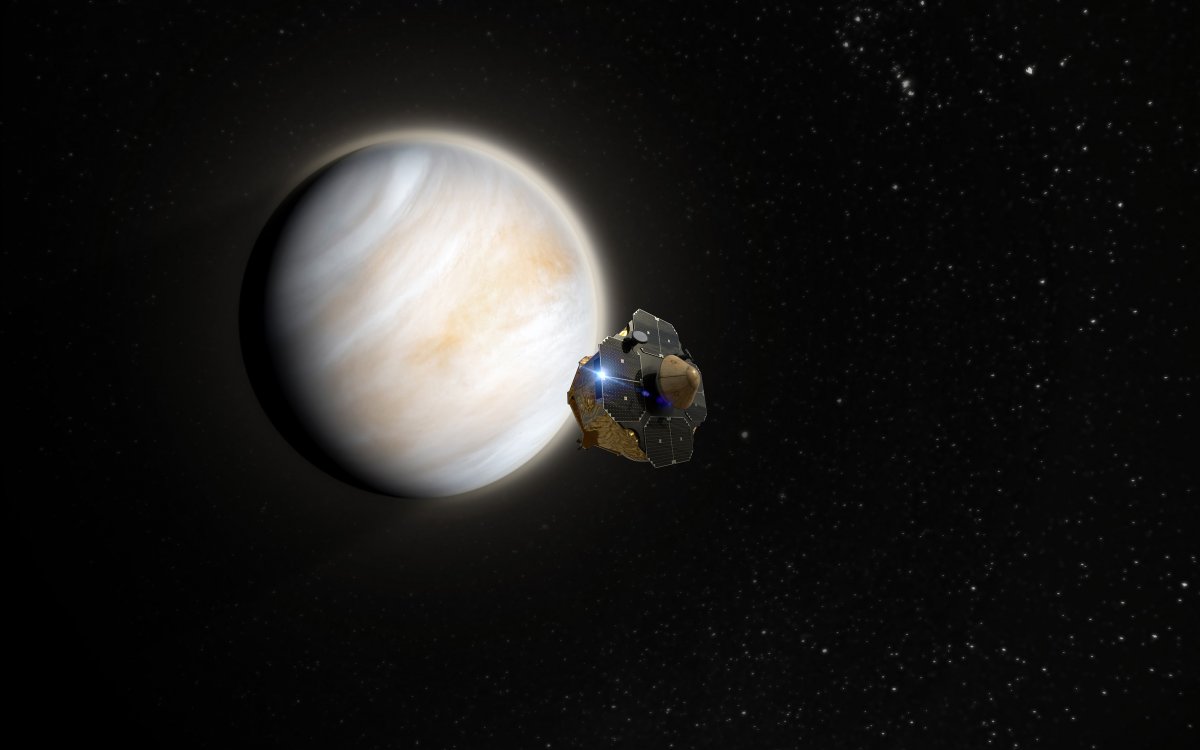
Venus Life Finder is currently scheduled to launch on December 30, 2024. If there are no postponements, it will reach Venus on May 13, 2025. It is planned that the probe will enter the atmosphere of the planet, after which it will analyze it to look for signs indicating the possibility of the existence of colonies of microorganisms in them. If the mission is successful, it will be a clear demonstration that private companies can conduct interplanetary exploration for much less than it currently costs government space agencies.
In conclusion, it should be noted that now Rocket Lab, of course, can not be called a direct competitor to SpaceX. They are in very different weight categories. But Rocket Lab has successfully occupied its niche in the space market and is doing its best to expand it. So who knows? Perhaps the day is not far away when an American-New Zealand company will be able to challenge the giant directly.


